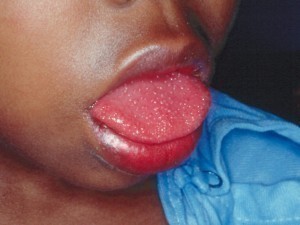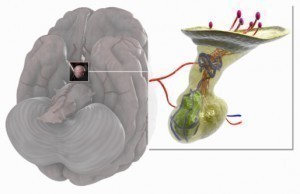What Causes Polydactyly?
Polydactyly, polydactylia, polydactylism or hyperdactyly is a congenital abnormality where an individual is born with more than the normal number of fingers and toes. The condition is usually inherited as a dominant abnormal gene from one parent and is passed on at birth. Persons that have polydactyly may have fully developed fingers/toes or undeveloped ones. A further disorder may also occur where there is also fusing or webbing of the extra fingers and toes, this is call polysyndactyly. Polysyndactyly may involve: incomplete or complete webbing and fusing of the skin, nerves, bones and nails of the extra digits. In cases of autosomal dominance both male and female are equally likely to inherit polydactyly, as well a child will have a 50% risk of inheritance
Causes of Polydactyly
Polydactyly occurs from abnormalities in the growth of a baby. These abnormalities may be causes from a genetic disease, inheritance or from the presence of other disease.
Asphyxiating Thoracic Dystrophy
Asphyxiating thoracic dystrophy or Jeune syndrome is an “inherited disorder of bone growth characterized by a small (narrow bell-shaped) chest, short ribs, and shortened bones in the arms and legs”. Persons with the syndrome may also have abnormal pelvic bone shape and more than the normal number of fingers and toes, they will also experience breathing difficulties which may be fatal.
Carpenter Syndrome
Carpenter Syndrome belongs to a group of rare genetic disorders known as acrocephalopolysyndactyly or ACPS disorders. ACP disorders are characterized by webbing or fusion of certain fingers or toes; and/or more than the normal number of digits. Other traits include premature closure of the fibrous joints (cranial sutures) between certain bones of the skull (craniosynostosis), which causes the top of the head to appear cone shaped.
Ellis-van Creveld Syndrome
Ellis-van Creveld syndrome is a rare genetic disorder that if inherited affects bone growth. It is caused by defects in one of two Ellis van Creveld syndrome genes (EVC and EVC2) that are next to each other. Characteristics of babies with the syndrome are “disproportionate dwarfism, postaxial polydactyly, ectodermal dysplasia, a small chest, and a high frequency of congenital heart defects”.
Trisomy 13
Trisomy 13 or Patau syndrome is a genetic disorder in which a person has three copies of genetic material from chromosome 13, instead of the usual two copies. In rare cases the extra material may be attached to another chromosome (translocation). The disorder occurs when extra DNA from chromosome 13 appears in some or all of the body’s cells. Polydactyly is a symptom of trisomy 13.
Rubinstein-Taybi syndrome (RTS
Polydactyly is a rare trait for persons that have Rubinstein-Taybi syndrome (RTS), also known as ‘broad thumbs syndrome’ or ‘broad thumb-hallux syndrome’. RTS is a malformation syndrome characterized by the triad of broad thumbs or first toes, a peculiar facial expression called ‘comical face’ and mental retardation.
Other syndromes that cause polydactyly are: Laurence-Moon-Biedl syndrome, Smith-Lemli-Opitz, syndrome, Dandy-Walker syndrome, Pfieffer syndrome, Michel-Gruber syndrome. .






